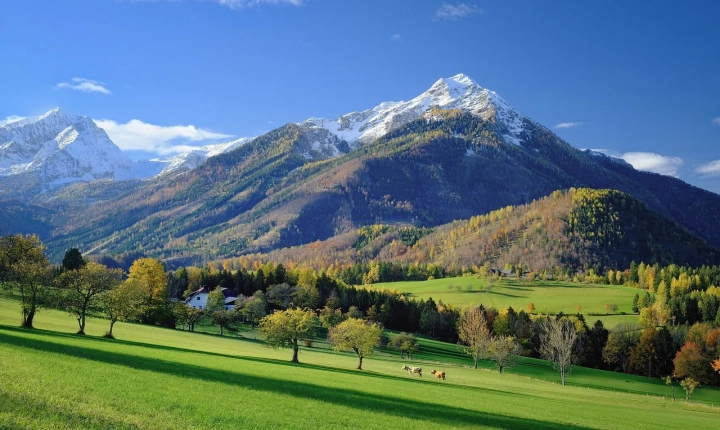In the age of advanced technology, artificial intelligence has become an integral part of our daily lives. From virtual assistants to recommendation systems, AI is ubiquitous. One area where AI has made significant strides is in the field of photography. With the development of advanced algorithms, AI has become adept at creating and manipulating images, often blurring the lines between real and artificial.
This raises the question: how can we tell if a photo has been generated or altered by AI? There are several telltale signs that can help us distinguish AI-generated photos from those captured by a human photographer.
One of the most obvious indicators is the presence of surreal or fantastical elements in the photo. AI algorithms are capable of generating images that defy the laws of physics and nature, creating scenes that are visually striking but often physically impossible. Look for unrealistically perfect lighting, unachievable perspectives, or impossibly symmetrical compositions that may indicate AI intervention.
Another key factor to consider is the sense of uncanny valley – a term used to describe the unsettling feeling that arises when a computer-generated image closely resembles a human, but not quite enough to be convincing. When examining a portrait or a human figure in a photo, pay attention to subtle details like the eyes, skin texture, or facial proportions. If something feels slightly “off” or too perfect, it could be a sign that AI has been involved in creating or altering the image.
In addition, the use of repetitive patterns and textures can also be a giveaway. AI algorithms have a propensity for generating repetitive motifs and patterns that may appear too uniform and precise to be the result of natural processes. Keep an eye out for overly symmetrical patterns, perfectly aligned elements, or artificially regular textures that may betray the influence of AI.
Furthermore, the presence of artifacts or inconsistencies in the photo can indicate AI manipulation. Look for strange distortions, unnatural blurring, or inconsistencies in lighting and shadows that may be the result of AI editing. AI-generated photos may have telltale signs of the algorithm’s limitations, such as awkward blending of elements or unrealistic depth of field effects.
Lastly, consider the context in which the photo is presented. If the image comes from a source known for AI-generated content or is associated with a specific AI-powered app or platform, it is more likely to have been altered or created by AI.
While AI-generated photos can be visually stunning and intriguing, it’s important to be aware of their existence and understand how to recognize them. As AI continues to evolve, it will become increasingly challenging to discern between real and artificial images. Being able to identify the hallmarks of AI-generated photos is an important skill in today’s digitally saturated world.
